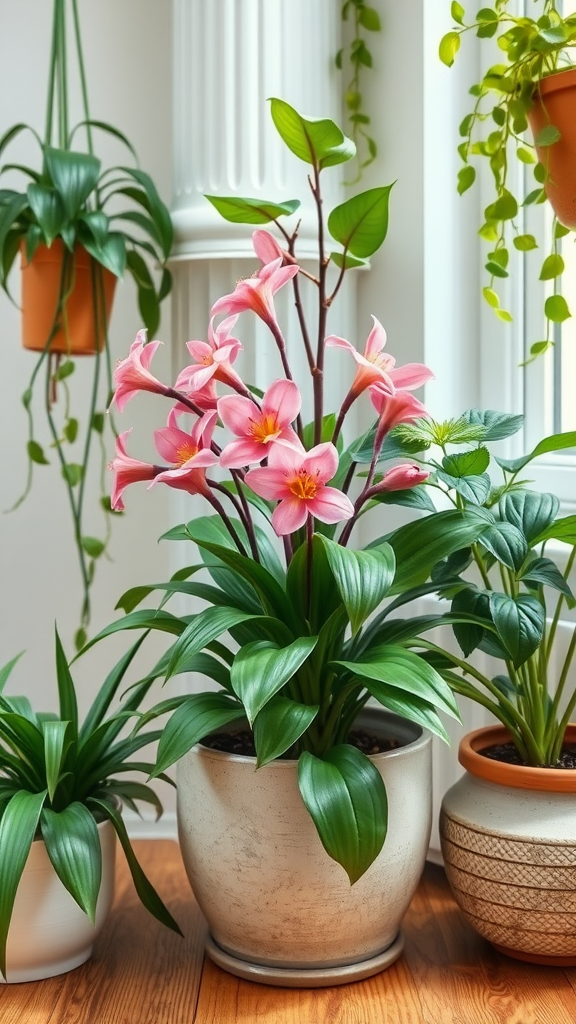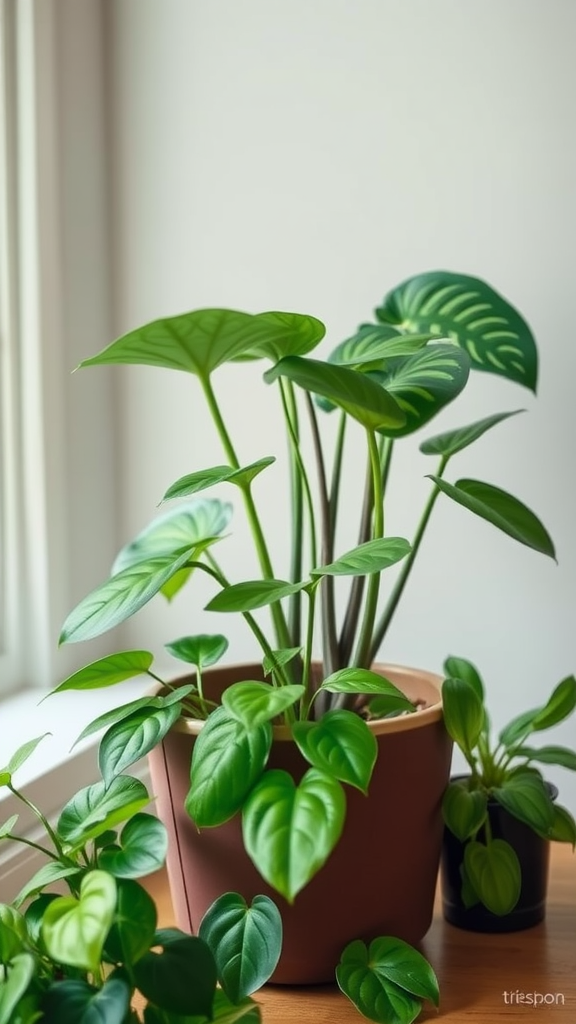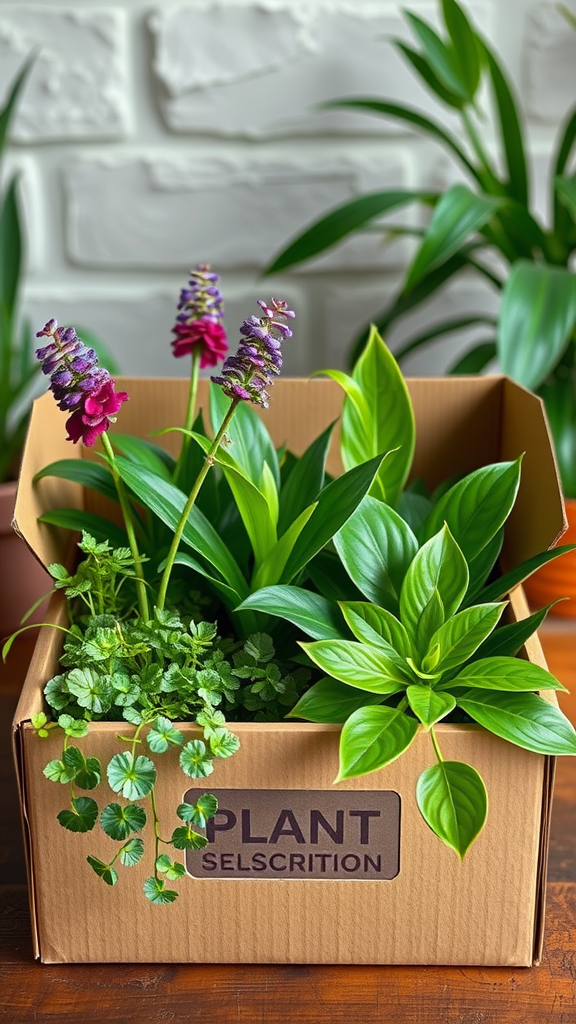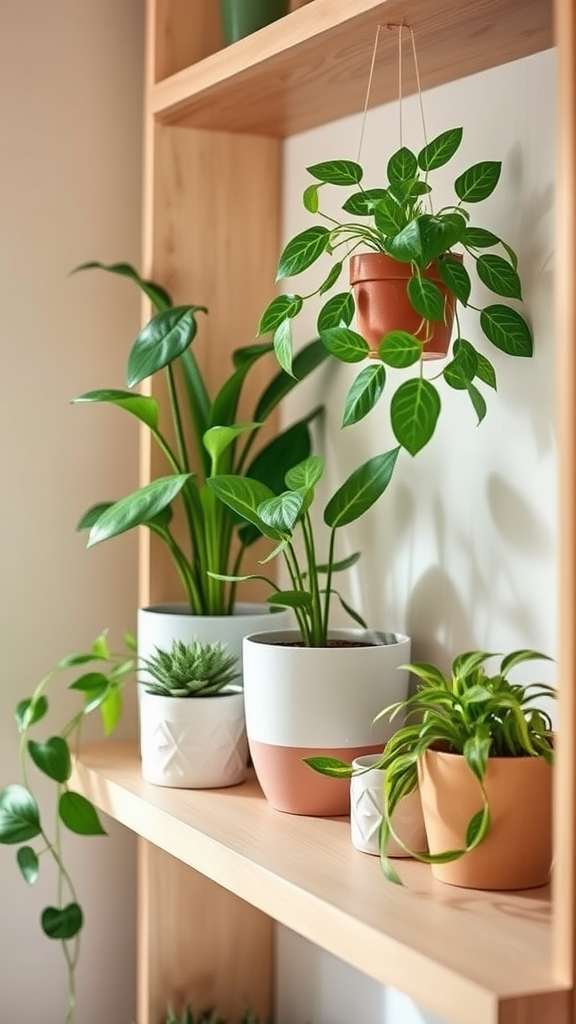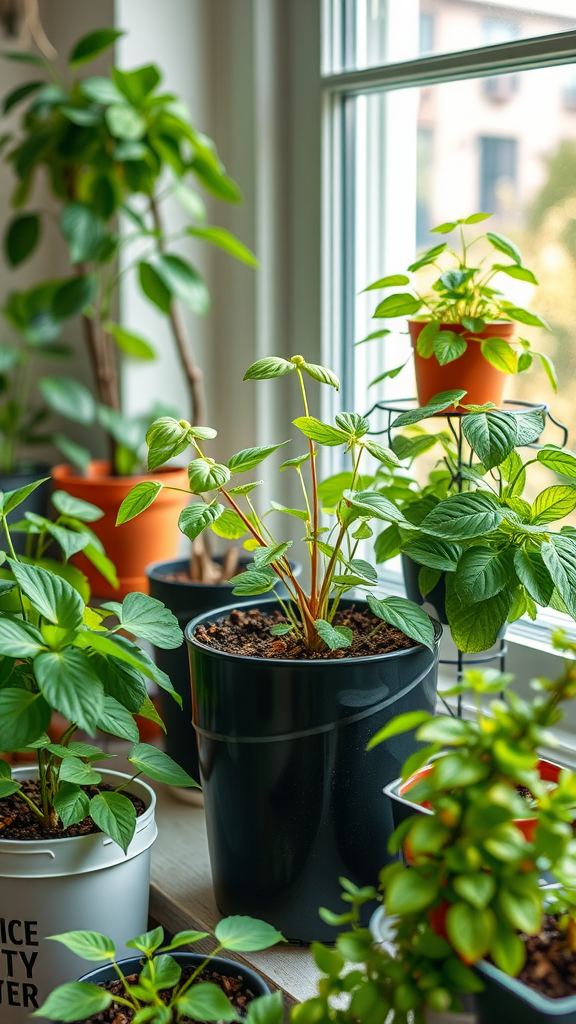Essential Spring Plant Care Tips to Revive Your Greenery
Spring is a time of renewal, and your plants deserve the best care to thrive and return to their full glory. Whether you’re an experienced gardener or a beginner, following some essential plant care tips can make a world of difference. Here are 10 spring plant care tips to help you revive your greenery and foster healthy growth.
Assess Your Plants
Before jumping into the care routine, take a moment to assess your plants. Check for signs of damage from winter or pests. Look for yellowing leaves, wilting, or any pest infestations. By understanding the conditions of your plants, you can tailor your care efforts accordingly.
Clean Your Greenery
Dust can accumulate on leaves over time, which can hinder photosynthesis. Gently wipe the leaves of your plants with a damp cloth. For larger plants, a gentle shower can suffice. Doing this not only cleans your plants but also removes any pests or eggs hiding on the underside of leaves.
Prune for New Growth
Pruning helps shape your plants and encourages new growth. Trim any dead or damaged branches, as well as any too-long stems that might affect the plant’s overall look. You should also cut back perennials that may have gone dormant during the winter. This practice keeps your plants healthy and promotes fuller growth.
Refresh the Soil
As spring arrives, consider repotting your plants with fresh soil. Old soil can become compacted and nutrient-depleted. Use a soil mix suitable for your specific plants—whether it’s loose, well-draining soil for succulents or richer, organic matter for tropical plants. Fresh soil provides essential nutrients that your greenery craves for an energizing start.
Watering Wisely
With the warmer weather, your plants will require more water. However, it’s crucial to avoid overwatering, which can lead to root rot. To determine when to water, stick your finger about an inch into the soil. If it feels dry, it’s time to water. The key is consistency—establish a regular watering schedule that factors in the specific needs of each plant.
Utilize Fertilizers
Spring is the perfect time to fertilize your plants to give them a nutrient boost. Use a balanced fertilizer that addresses the needs of your specific plants. Liquid fertilizers can be diluted and applied every month, while granular fertilizers can be mixed into the top layer of soil. This will encourage robust growth and vibrant blooms.
Ensure Adequate Light
As the days get longer, ensure that your plants are receiving the right amount of light. Move potted plants closer to windows or consider using grow lights if natural light is sparse. Different plants require different light levels, so pay attention to their needs for optimal health.
Control Pests Naturally
Pest control is essential during the growing season. Instead of using chemical pesticides, opt for natural alternatives. Neem oil or insecticidal soap can be effective while being kinder to the environment. Regularly check your plants for pests to catch any infestations early on.
Replicate Outdoor Conditions
If you have been keeping your plants indoors for the winter, they may need to acclimate to outdoor conditions. Gradually introduce them to more sunlight and outdoor temperatures over a week. This helps to prevent shock and promotes healthier growth once they are fully transitioned outside.
Stay Consistent with Care
The most important tip is to be consistent with your plant care routine. Regularly check in on your plants, water them as needed, and adjust their care based on their conditions. Staying attentive to their changing needs will ensure that your greenery remains healthy and vibrant all spring long.
By following these tips, you can give your plants the best chance of thriving this spring. With a little effort and attention, your spaces can be filled with lush greenery and delightful blooms that bring joy and life into your home.
Common Mistakes to Avoid in Spring Gardening
Gardening in spring can be a delightful experience, filled with the promise of blooming flowers and fresh vegetables. However, many novice and even experienced gardeners make common mistakes that can hinder their efforts. Here are some pitfalls to avoid to ensure your spring gardening goes smoothly and successfully.
Ignoring Soil Health
Your plants need healthy soil to thrive. One of the most common mistakes is neglecting to test and amend the soil before planting. Start by checking the pH level and nutrient content of your soil. This will help you understand what amendments you might need, such as compost or fertilizer. Healthy soil encourages strong root systems and better water retention, leading to vibrant plants.
Overwatering
It’s easy to think that plants need lots of water, especially after winter. However, overwatering can drown your plants and cause root rot. It’s essential to check the moisture level of the soil before watering. Stick your finger about an inch into the soil; if it feels dry, it’s time to water. Otherwise, let your plants be. Most plants prefer to be slightly dry than sitting in soggy soil.
Planting Too Early
Spring can be unpredictable, with cold snaps lingering well into the season. One of the biggest mistakes is planting tender flowers and vegetables too early. Research your local frost dates and ensure you plant after the last expected frost. Consider using row covers or cold frames to protect young plants in case of unexpected temperature drops.
Neglecting to Plan
Gardening without a plan can lead to overcrowding and wasted space. Before you start planting, take time to plan your garden layout. Think about the mature sizes of your plants and how they’ll fit together. A well-thought-out plan will help you space your plants appropriately for optimal growth and air circulation.
Using Poor-Quality Seeds or Plants
Starting with inferior quality seeds or plants can lead to disappointment. Ensure that you purchase seeds from reputable sources and check the expiration dates. When selecting plants, look for healthy specimens free from pests or disease. Investing in quality stock will set a solid foundation for your garden.
Overlooking Pest Management
Pests can wreak havoc on your garden if not managed early. Many gardeners ignore this critical aspect until it’s too late. Keep an eye out for signs of pests and act promptly. You can use organic methods such as companion planting or introducing beneficial insects like ladybugs to help control pest populations.
Failing to Mulch
Mulching is a vital gardening practice that many forget. Adding a layer of mulch around your plants can help retain soil moisture, suppress weeds, and regulate soil temperature. Choose organic materials such as straw, wood chips, or shredded leaves for the best results. Applying mulch in spring will give your plants the best start for the growing season.
Not Fertilizing at the Right Time
Fertilization is key for healthy plant growth, but timing and type matter. Many gardeners make the mistake of applying fertilizer at the wrong time. In spring, it’s best to apply a balanced fertilizer when planting so that nutrients are available as plants grow. Always follow the recommended rates to avoid burning plants with excess nutrients.
Ignoring Sunlight Needs
Different plants have varying sunlight requirements. Not considering how much sun different areas of your garden receive can lead to poor growth. Take time to observe your garden throughout the day and plant accordingly. Place sun-loving plants in areas with full sunlight and shade-loving varieties in partially shaded spots.
Rushing to Harvest
In the excitement of spring gardening, many gardeners rush to harvest their crops. However, picking vegetables too early can prevent them from reaching their full flavor and size. Always check the maturity dates for your plants and wait until they are ready to be harvested. This extra patience will yield better results and delicious produce.
By avoiding these common mistakes, you can enhance your spring gardening experience. Remember that gardening is both an art and a science, so take your time to learn what works best in your environment. With a little planning and attention to detail, your garden can thrive beautifully this spring.
Conclusion
As you embark on your spring gardening journey, remember that small changes can make a big difference for your plants. By implementing essential spring plant care tips, such as checking soil moisture, adjusting your watering techniques, and ensuring proper sun exposure, you’ll help your greenery thrive after the winter months. Your plants will appreciate the attentive care, and in turn, they’ll reward you with vibrant blooms and lush foliage.
It’s equally important to be mindful of common mistakes that gardeners often make during this season. Avoid overwatering, which can lead to root rot, and neglecting pest control, as a proactive approach can save your plants from damage. Remember to give each plant adequate space for growth, as overcrowding can stunt their development.
Spring is a fresh start for your garden, presenting you with the perfect opportunity to learn and adapt. Embrace the season with enthusiasm and a willingness to try new techniques. Keep your gardening goals realistic and enjoyable, and don’t hesitate to reach out for advice or inspiration from fellow gardeners or online communities.
Caring for your plants can be a rewarding experience, offering a sense of fulfillment and connection to nature. With the right knowledge and a little trial and error, you’ll find yourself on the path to a flourishing garden. So, roll up your sleeves, enjoy the process, and let your spring gardening journey flourish—your plants are counting on you!

